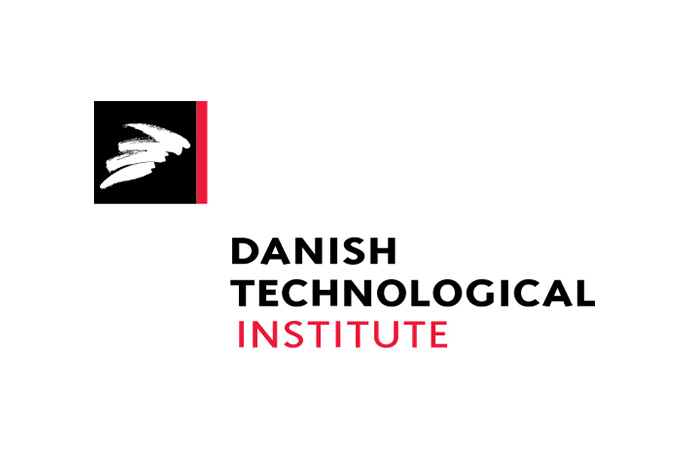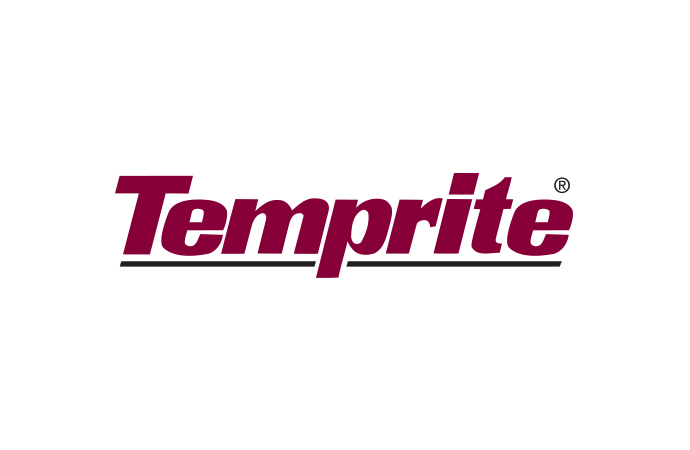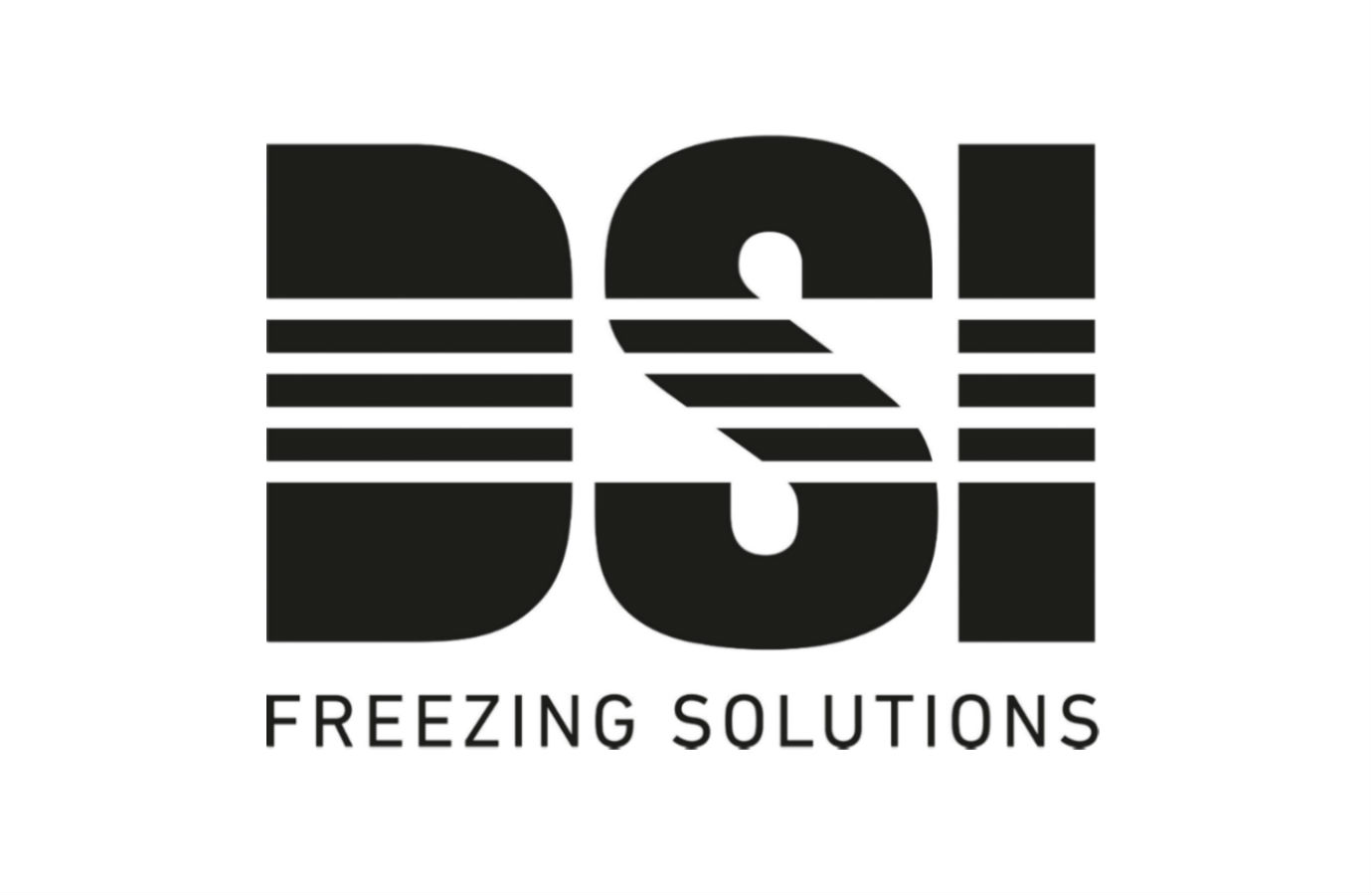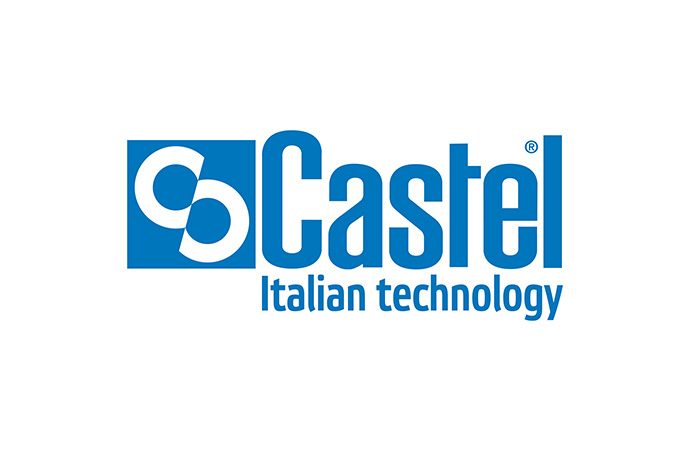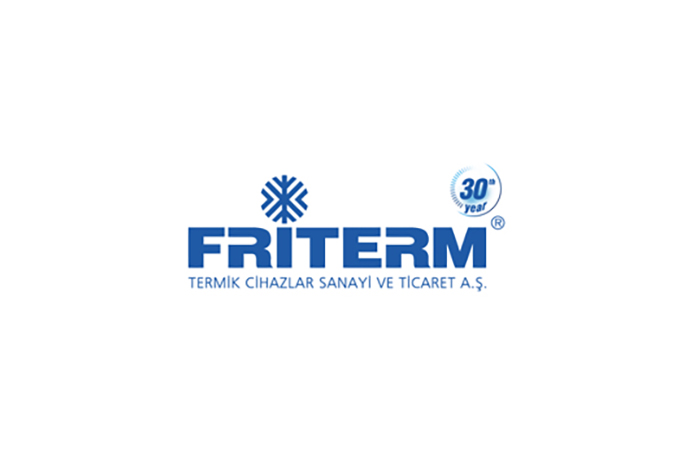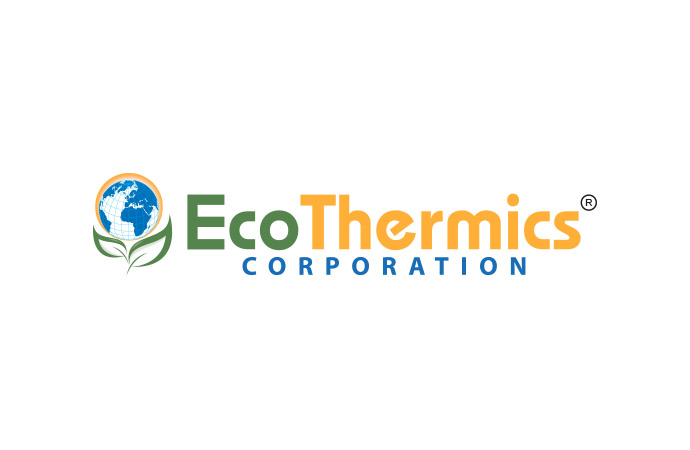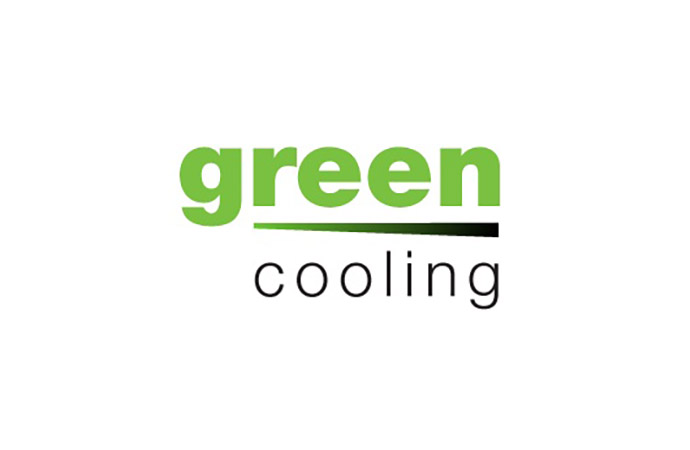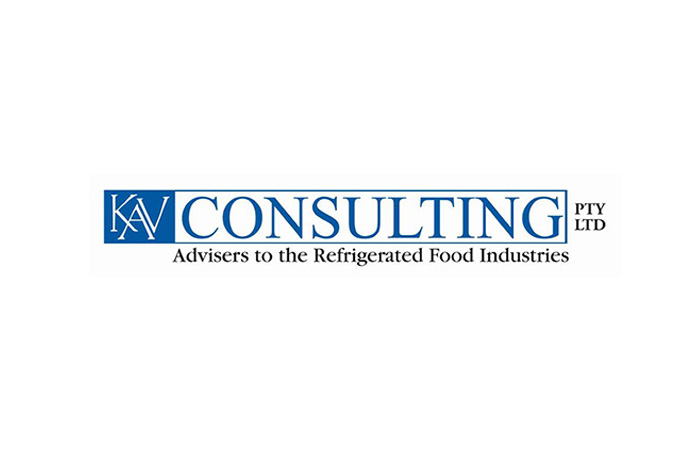R744.com talked to Klaas Visser, Principal consultant at KAV Consulting Pty Ltd about position, concerns, and challenges of the Australian refrigeration industry regarding the carbon equivalent price on hydrofluorocarbons (HFCs) that came into effect in Australia at the beginning of July 2012. We also asked Alexander Cohr Pachai Technology Manager, Sabroe Factory in Johnson Controls Denmark how the concerns were dealt with in Denmark and what could Australia take as an example.

Starting 1 July 2012, carbon equivalent price on imports of hydrofluorocarbons (HFCs) came into effect in Australia, increasing the price refrigerants with high global warming potential (GWP) by more than three times. Having introduced tax on HFCs already in 2003, Denmark faced similar challenges 9 years ago.
R744.com: How is the Australian refrigeration industry responding to the upcoming introduction of the HFC tax?
Klaas Visser: The Australian refrigeration industry in general is very much concerned about the upcoming introduction of the carbon-equivalent levy on refrigerant gases and they fear that the new legislation will cause a serious adjustment shock and transition pressures to the industry. While the impact on households is considered to be insignificant, the traditional refrigeration industry worries that some business sectors, especially small businesses in food retailing, small commercial buildings or hospitality may be seriously hurt.
R744.com: Were the reactions of the Danish industry in 2003 when the tax on HFCs was passed comparable to those of Australia? Has the general view changed since then?
Alexander Cohr Pachai: We heard the same worries in Denmark. However, it is not the refrigeration company that will pay the bill because it is passed on to the customer. What is important is that the user insures the refrigerant charge, because it is now becoming even more expensive to loose it. I agree that in a household system it is insignificant, if you prepare at all. For commercial system the cost is again passed on to the end customer. We never saw any big changes due to refrigerant cost. To me it seems as if the big players have now considered taking the path of avoiding more cost for once but also using the green label and changing to new modern efficient system thereby increasing the bottom line outcome.
R744.com: What are the major concerns of the Australian refrigeration industry in relation to the carbon tax overall and the HFC tax in particular?
K. Visser: The carbon tax on HFC refrigerant gases will result in a significant increase in their prices, ranging between 300-500%, which will also influence additional business costs including cost of insurance, administration, finance or security. The HVAC&R industry estimates that around $ 300 million (€ 242 million) will be levied under the new rules while fear persists that the transition to low carbon refrigerants will be impossible without redirecting part of the levy back to the industry. The traditional industry also believes that while the transition to natural refrigerants will be inevitable, they perceive this as a challenge already today and without further training, education and introduction of standards regarding the use of natural refrigerants, they fear that serious health and safety issues will be faced. To that end, the Australian Institute of Refrigeration, Airconditioning and Heating (AIRAH) has formed an Australian working group with representatives from most of the stakeholders to adopt the CO2 and hydrocarbon Safety Codes of the IOR UK and adapt them to the final issue of ISO5149 as adapted to Australian legislation and regulation.
R744.com: Were the challenges for the Danish refrigeration industry similar to those of Australia? How were these dealt with?
A. Cohr Pachai: The needs for education and computer programmes to calculate systems and demonstration projects were initiated spending some of the income from carbon tax and HFC tax. You can say that the money taken was sent back to the industry to help them comply with achieving what the politicians wanted. ‘Coolpack’ is one of the early initiatives that came out of the desire to help the industry learn the trick. Also other packages have been developed under these programmes and they can be downloaded free of charge from www.ipu.dk. The Danish government and administration did a great job in involving all parts of the system that could have connection to the decision of getting Denmark out of the dependence on HFC and other synthetic refrigerants. This involved the education system, work force protection agency, tax system, gas authorities etc. The aim of a project I also participated in was to produce a guideline on how to approach hydrocarbon refrigerants and how to build them. It was just about the same time as the PED (Pressure Equipment Directive) was implemented so it gave root to some hard thinking.
The Association of Danish refrigeration contractors (AKB) produced a leaflet under the theme ‘Melted Butter and Hot Beers’ where they painted a picture a little similar to what Klaas is indicating. Bottom line is that it never went that bad. Of course customers have become more aware of leaking systems and the demand more and better systems but that is also part of the exercise. In fact it has given the industry a quality lift that was needed.
MORE INFORMATION
Related stories

